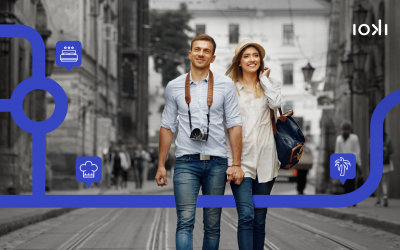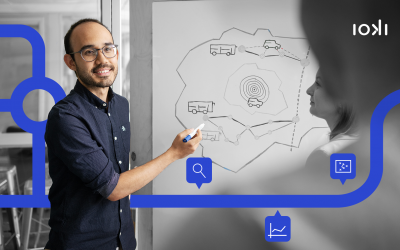The API benefit
The overarching goal of making mobility usable for everyone is also behind the specially developed ioki platform API. The new interface allows us and our partners to develop different use cases. Our journey offers should not only be displayed in other apps. The goal is to achieve deep integration and thus enable a holistic mobility offer. Through deep integration, end customers can immediately book our offer in the app of partners – with the ioki system running in the background.
API components
The lynchpin of API integration is the ioki developer programme. As part of the developer programme, our partners are provided with all the information it takes to integrate and continuously develop the API. The documentation consists of an API Guide, Passenger API, Driver API, Platform API and Webhooks. The API guide contains all the design principles required for integration. In the Passenger and Driver API, all elements for programming the respective application are made available to our partners. While the Passenger and Driver APIs are used by clients running on mobile devices, the Platform API is our interface for full integration with external backends.
Software integration in practice
In 2021, ioki set a milestone with the first deep integration of ioki software into the Mobimeo MaaS app. Here, on-demand rides can be booked directly in the Mobimeo app. The implementation of the technical solution was the first cooperation between the two Deutsche Bahn subsidiaries in a joint project. «The successful integration of our interfaces by Mobimeo proves that the planned software architecture changes and data models of the ioki platform can be used in practice by other companies. This is not a test project or a feasibility study, but a real product that is now on the market and moves people,» says Andreas Schwarzkopf.



